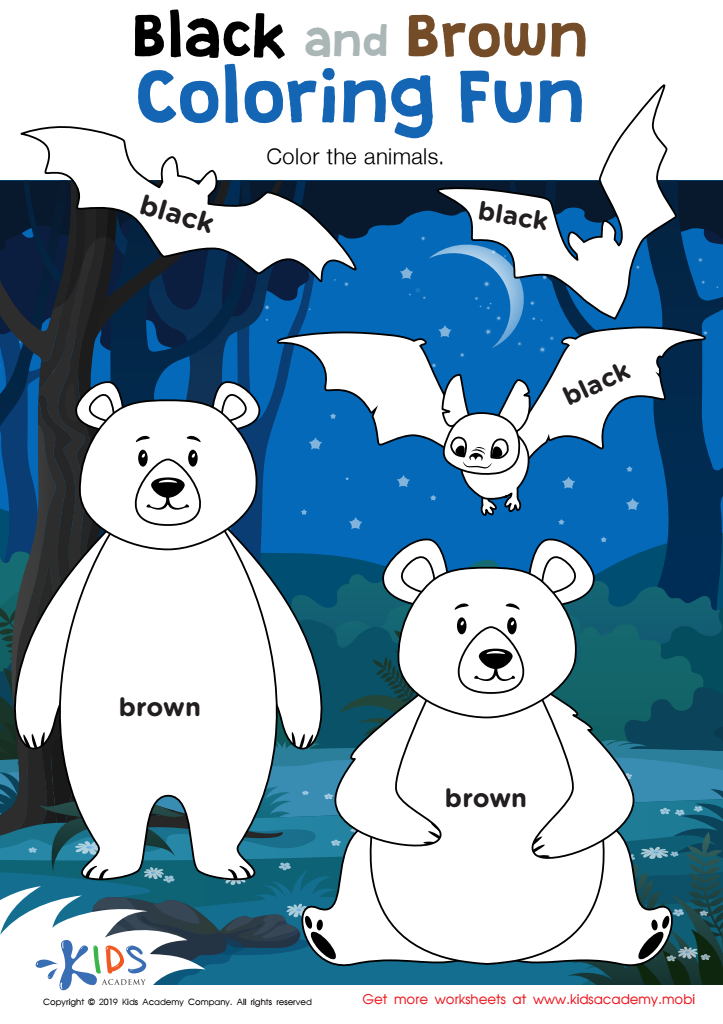Color Words Worksheets for Ages 6-9
14 filtered results
-
From - To
Discover an engaging activity to help children ages 6-9 master color vocabulary and reinforce their understanding of English with our Color Words Worksheets. These fun, printable resources encourage young learners to match colors with their corresponding words while enhancing spelling, reading, and writing skills. Ideal for English as a Second Language students, each worksheet captivates kids' imaginations through diverse exercises, from coloring to fill-in-the-blanks. Our worksheets provide an interactive way to build a solid foundation in essential language skills while sparking creativity and cognitive development. Perfect for classroom use or home practice, these activities support continuous learning and confidence.


Red and Blue Coloring Fun Worksheet


Yellow and Green Coloring Fun Worksheet


Yellow Tracing Color Words Worksheet


Black and Brown Coloring Fun Worksheet


Pink Tracing Color Words Worksheet


Red Tracing Color Words Printable


Colors: Assessment 2 Worksheet


Purple and Orange Coloring Fun Worksheet


Colors: Assessment 1 Worksheet


Green Tracing Color Words Worksheet


Purple Tracing Color Words Worksheet


Blue Tracing Color Words Printable


Brown Tracing Color Words Worksheet


Black Tracing Color Words Printable
Color words are essential for young learners between the ages of 6-9, as they serve as a cornerstone for cognitive and linguistic development. During these formative years, children are building their vocabulary, and learning color words enriches their descriptive language. This helps them communicate more effectively and precisely, empowering them to express their thoughts and observations vividly.
Mastering color words also reinforces their ability to categorize and distinguish between different objects, which is crucial for cognitive processing. For example, understanding that an apple is red not only helps in learning colors but also aids in identifying and categorizing different fruits. Additionally, color words introduce children to associations and sequencing, which are foundational skills in other academic areas like mathematics and science.
For parents and teachers, incorporating color words into educational activities makes learning interactive and fun. This can be done through engaging activities such as coloring, sorting objects by color, or reading books with rich visual details. Moreover, using color words frequently in daily conversations can help solidify children's understanding and retention of new vocabulary. Therefore, focusing on color words not only enhances children’s language development but also supports broad academic growth and creative expression.
 Assign to My Students
Assign to My Students










